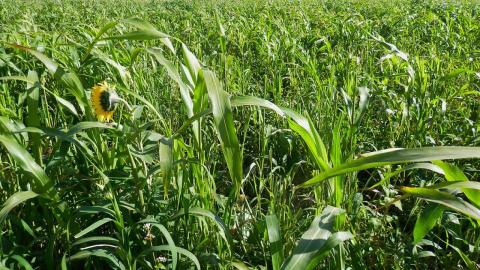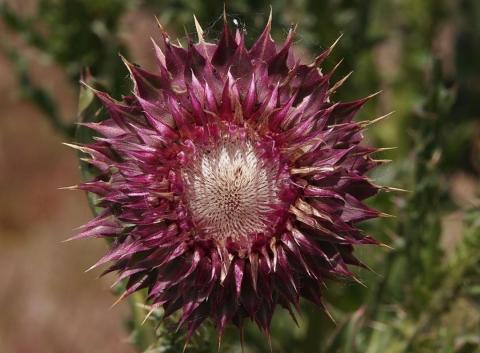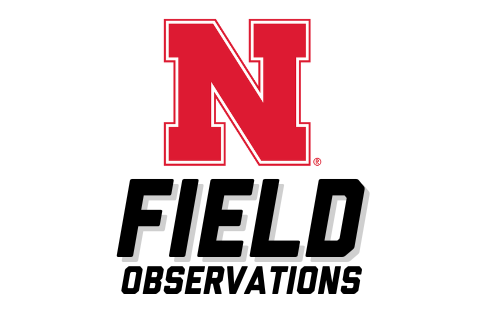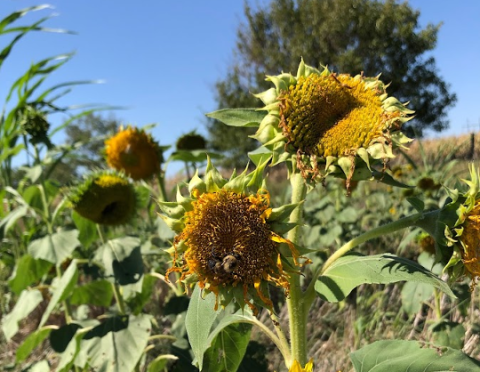Measuring Up: Annual Forage vs. Row Crop
May 10, 2024
This webinar highlights the economics and production benefits of incorporating annual forage systems into crop rotations for producers interested in diversifying their operation.
Pasture and Forage Minute: Selecting Summer Forages, Thistle Control Options
May 9, 2024
Insights on pasture rental rates, selecting summer forage based on needs for your operation, and control options for noxious weed thistles in pastures.
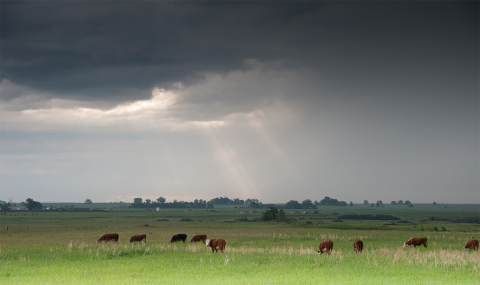
Pasture and Forage Minute: Understanding Fall Dormancy in Alfalfa, Planning Summer Grazing
February 27, 2024
Extension educators share growth impacts of fall dormancy in alfalfa and recommendations for building your spring and summer grazing and forage plans.
This Week on N Field: Frost and Prussic Acid
October 27, 2023
Sorghum, soghum-sudan and milo are great options for fall grazing, but producers should be cautious of frost damage and prussic acid prior to putting cattle out to graze.
Pasture and Forage Minute: Prussic Acid Following Freeze, Soybean Residue for Forage
October 12, 2023
Learn more about avoiding prussic acid poisoning in sorghum following a freeze, and why producers should always supplement when feeding soybean residue.
Frosted Sorghum and Prussic Acid
October 6, 2023
A review on how to safely graze forage sorghum species after freezing temperatures.
Warm-season Species for Soil Health and Forage Purposes
July 27, 2023
Taking advantage of summer heat and abundant sunlight, warm-season cover crops can accumulate impressive amounts of biomass, cover bare ground quickly, suppress weeds, reduce erosion and improve soil health.
Annual Forage Options After Hail
July 14, 2023
Before planting forages in fields where your crop was destroyed by hail, take a moment to review these financial management and cropping system considerations.
